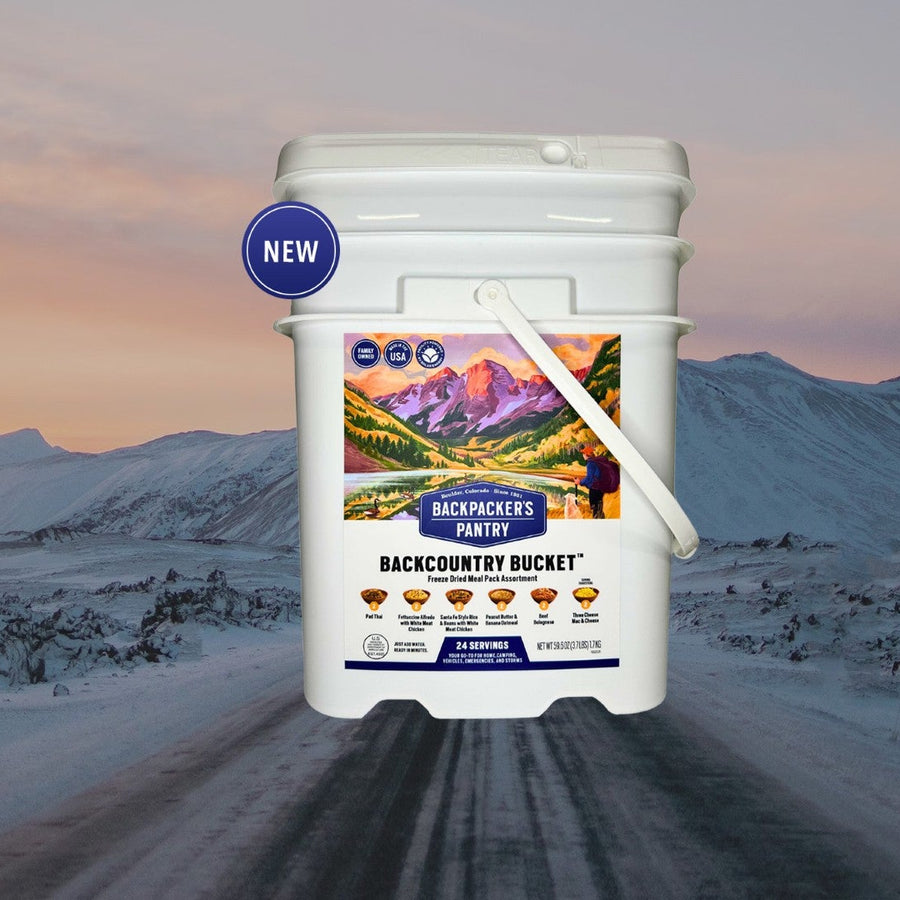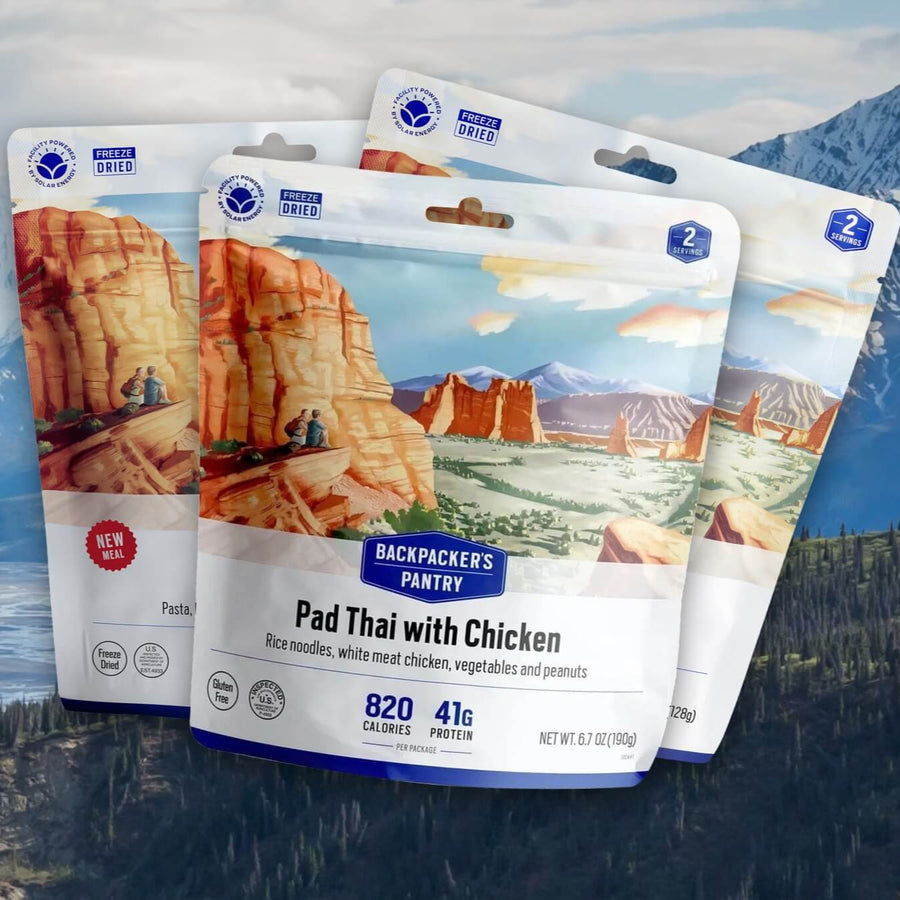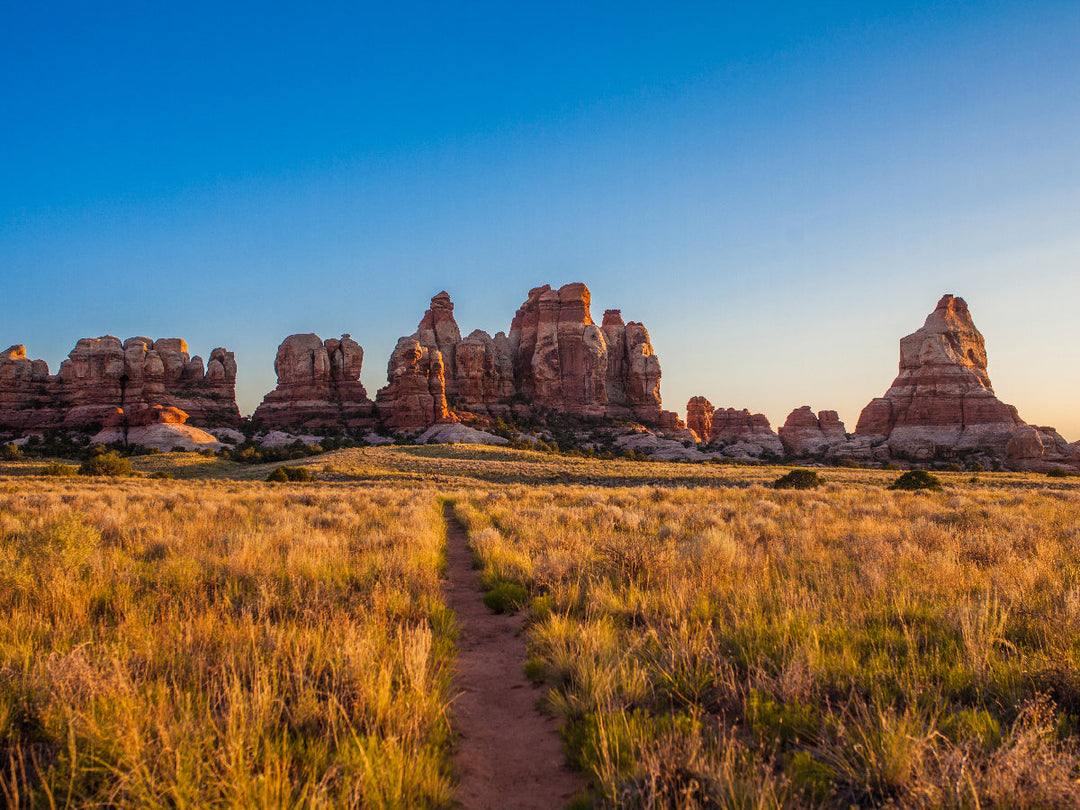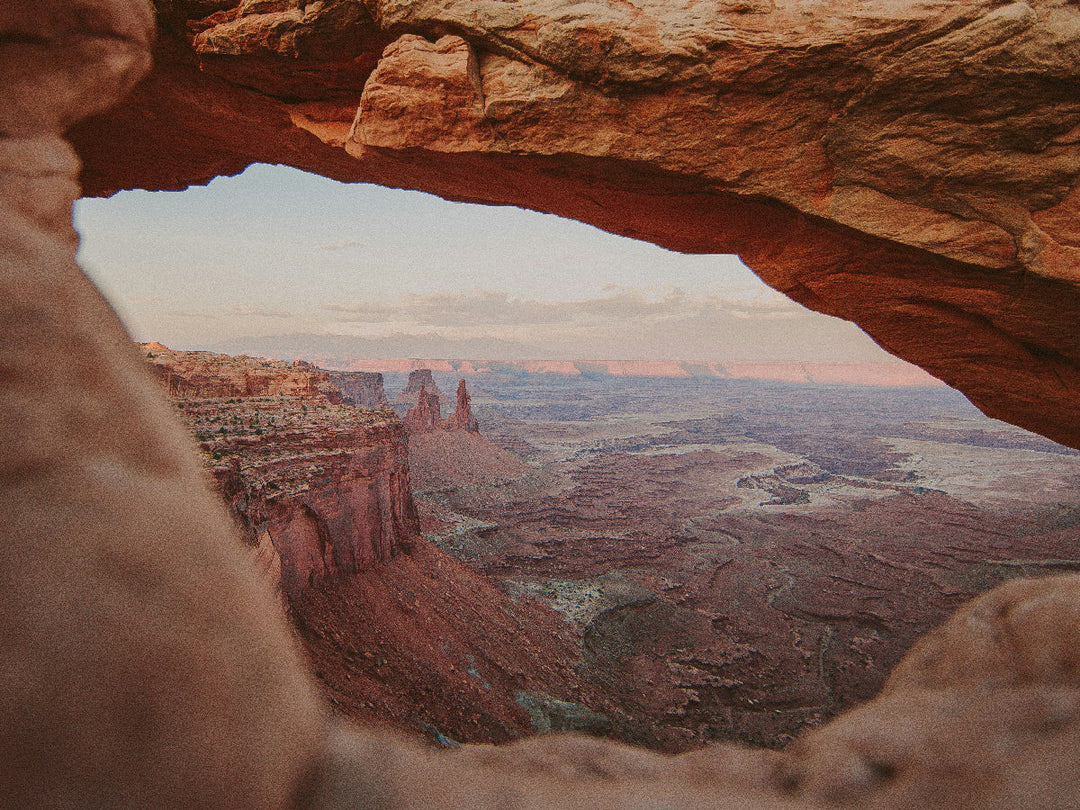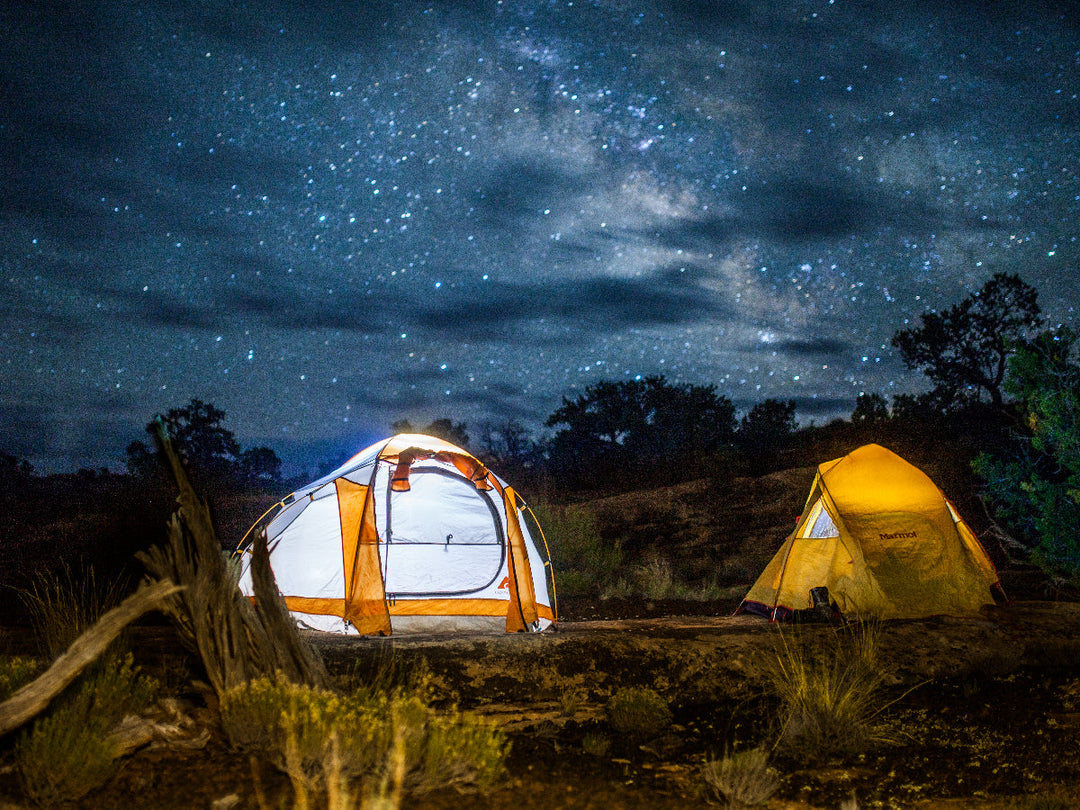All About Altitude - Tips for Hiking at Altitude | Backpacker's Pantry

5 Safety Tips for Hiking at High Altitude
A high-altitude hike can be an exhilarating experience, when everything goes as planned. Unfortunately, it can also put you at risk of developing serious medical complications. Here's everything you need to know about planning a safe, rewarding hike at high elevations.
Know the risks. While high-altitude hiking is generally safe for fit, healthy people; it can pose certain risks, especially if you’re new to the experience. These risks include Acute Mountain Sickness (AMS), which refers to a type of mild altitude sickness, which feels like a hangover, with symptoms such as nausea, headache and exhaustion. While not usually serious, AMS can sometimes be a warning sign that you could be on your way to developing more serious high-altitude complications, such as High Altitude Cerebral Edema (HACE) or High Altitude Pulmonary Edema (HAPE). Do some research to learn the signs of potential problems, so you will know how to respond if you or a hiking companion show any symptoms.
Get fit. High-altitude hiking is a strenuous activity, requiring very good physical stamina. Be sure to prepare for your hike weeks in advance by walking hills and stairs. If you work out at a gym, incline the treadmill to simulate elevation. You should also hike some low-altitude trails while wearing a weighted pack, and spend some time in a high-altitude environment for a few hours before your hike to slowly acclimate your body to higher elevations.
Fuel up. Since you will be burning calories at a faster pace, you will need to eat and drink more than usual in high-altitude environments. Load your pack with ready-to-eat meals for the trail, so you can quickly recharge along the way. Because humidity is lower at high altitudes, sweat evaporates faster, causing you to lose more water through exertion. You also lose more water through respiration at higher elevations compared to sea level. This is why it's so important to drink plenty of water, even if you don't feel particularly thirsty at the time.
Prepare for the elements. Because you are closer to the sun, you will need to regularly apply sunscreen to avoid burns. Since weather conditions can change quickly at high elevations, you should also pack wind-resistant and waterproof clothing, along with thermal gloves, extra hand warmers and wool socks to protect against the inhospitable mountain environment. Even if you are hiking in the warm summer, an accident could force you to camp overnight, when temperatures can quickly plummet below freezing.
Take things slow. Since it's impossible to know how someone's body will respond to high altitude, you should move at a slow, steady pace, being careful not to overexert yourself. Take your time and enjoy your adventure, instead of hurrying to the point you start to feel ill. You should visit your family physician for a checkup to make sure you don't have any underlying health issues that could flare up when you are miles from help.
Since a minor headache or chest pain could quickly turn into something more serious at high elevations; you should also be prepared to turn around and abandon your adventure if you're not feeling well. Lastly, be sure to bring along cough drops, ibuprofen, a first-aid kit and over-the-counter indigestion pills. You may also want to bring along some Diamox, which is commonly used to reduce and prevent common symptoms of altitude sickness.
Backpacker's Pantry provides convenient, ready-to-eat gourmet backpacking food for outdoor enthusiasts. Browse our lightweight, nutritious food for the trail.
